1950s America was the first era to flirt with countercultural rebellion in the form of sex, drugs, and rock ‘n’ roll – emphasis on the drugs. The country enjoyed a brief period of psychedelic exploration (specifically LSD), where mainstream media was unafraid to report on the substance's research findings and how useful it might be in psychiatry.
This was a strange moment in time that some found revelatory and others found horrifying, and the varying methods of experimentation that took place during the era speak to both of these sentiments.
While some LSD research was exploratory, open-minded, and geared towards positive outcome, there was a much darker, unethical, downright soulless approach that sought to utilize psychedelics as weaponry – and left many innocent people scarred in the shuffle.
You Need to Know About These Famous LSD Experiments
Lysergic acid diethylamide (a.k.a., “LSD”) was first discovered in 1938 by Swiss chemist Albert Hofmann – and it certainly wasn’t on purpose.
The chemist was originally looking into ergotism, a Middle Age-era disease known as “sacred fire” that occurs when someone is exposed to compounds found in a wheat-grown fungus.
Experts like Hofmann were looking into ergot fungi in the early decades of the twentieth century, eventually discovering that it contained the compound ergotamine, which can be used to treat powerful migraines.
Hofmann became incredibly interested in this compound and its possibilities, and in November 1938 – just a few days after Kristallnacht – he created an ergot derivative that would eventually be coined and widely known as LSD.
It wasn’t until years later, when Hofmann accidentally dropped some LSD on his skin, that he realized the drug’s powerful potential.
He decided to administer himself what he thought would be a small dose, but was actually ten times higher than what is considered the average threshold.
He soon realized how intense the trip was going to be and asked his assistant to help him home. Swiss wartime restrictions at the time prohibited anyone from driving, so the pair traveled home via bike on April 19th, which is known around the world as “Bicycle Day” for this reason.
As a result of taking such a high amount of LSD, Hofmann experienced a profound and earth-shattering trip and woke up the next day feeling refreshed and clear-headed with a renewed perspective on life.
From there, LSD and other psychedelics experienced a brief moment in the limelight, which inspired people all over the world to test its effects.
1. Timothy Leary and Richard Alpert
Although Hofmann was the first scientist to discover LSD, Timothy Leary is probably the most well-known name in the psychedelics space, especially when talking about the early days of exploration.
A renowned Harvard psychologist, Leary first began experimenting with LSD and its effects in 1960 (before it was classified as a Schedule I Drug), alongside fellow Harvard psych scholar Richard Alpert.
The two men launched the Harvard Psilocybin Project, which explored the effects of both magic mushrooms and LSD on volunteer subjects. Their venture was highly controversial, as many people outside of the experiment worried about the safety of its subjects, and although they came away with findings that alluded to LSD’s mind-bending, world-shattering properties, the legitimacy of the experiments were scrutinized because Leary and Alpert were also tripping on the drugs throughout the sessions – and with students, which got them kicked out of the university entirely.
Nevertheless, this was a pivotal moment in psychedelics history, and would pave the way for many others to explore.
2. The CIA & Project MKUltra
The U.S. Central Intelligence Agency gained notoriety around Project MKUltra, a top-secret mind control program in which the CIA conducted hundreds of experiments on unwitting subjects.
One such subject was Whitey Bulger, a notorious crime boss from Boston who was found guilty of murder, extortion, and drug trafficking in 2013. However, some members of the jury have expressed regret at his sentencing after discovering the amount of hallucinogens he was forced to consume throughout his time in prison.
In general, MKUltra is viewed today as an immoral and sadistic act on the government’s part.
3. The 1950s Housewife
You may have heard about housewives in the 1950s being constantly under the influence of prescription pills – especially if you’ve ever seen The Stepford Wives. However, rare research footage on YouTube shows a housewife enjoying a much groovier mind-altering substance, reporting euphoric sensations and a brighter perspective on their surroundings.
4. Oscar Janiger and a Mysterious Artist
While some LSD experiments that took place during the mid-century were highly unethical and therefore dangerous, others explored the beautiful, creative aspects of the drug with consent – a crucial aspect to moral experimentation.
At the time, a researcher by the name of Oscar Janiger is supposed to have given an artist, whose identity remains unknown, two 50-microgram doses of LSD within a timeframe of two hours.
As a result, the artist drew nine portraits over the course of eight hours. Each portrait was significantly more ethereal and imaginative than the last, as the drug continued to take effect on his consciousness.
By the end of the experiment, the final portrait most closely resembled the first, signaling the end to his trip.
5. James Ketchum
James Ketchum was a psychiatrist for the U.S. Army during the Cold War era. During this time, Ketchum conducted a series of experiments on hallucinogens and their effects, using soldiers as his subjects.
Although controversial and even scandalous, Ketchum and other like-minded military psychiatrists at the time were on a mission to achieve a “war without death.” They imagined a day when soldiers could be peacefully incapacitated by water infused with LSD, or a breeze bearing airborne psychedelics.
The initiative was quickly halted once it gained greater media recognition along with reports that some 7,000 soldiers received no follow-up care. Soldiers had only a vague idea they were being drugged, and one test subject reported that he hallucinated for 36 hours.
LSD was eventually outlawed as a Schedule I Drug, limiting the possibilities for future experimentation.
Need a little more Bluntness in your life? Subscribe for our newsletter to stay in the loop.


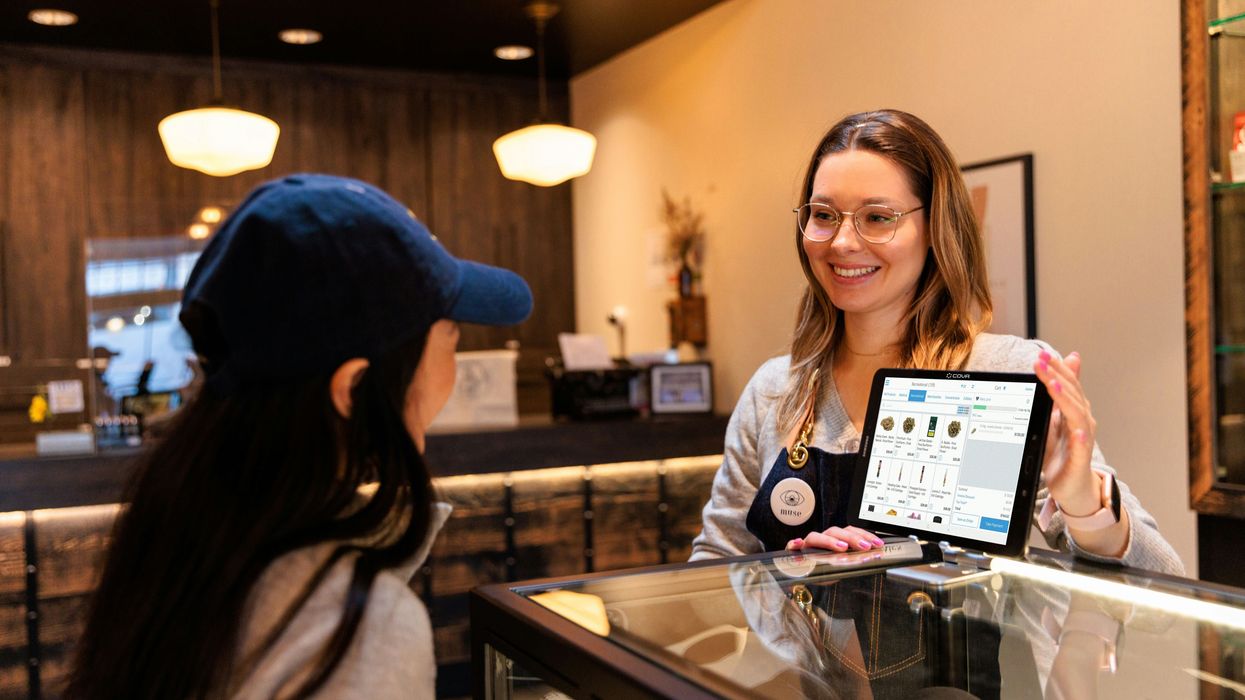
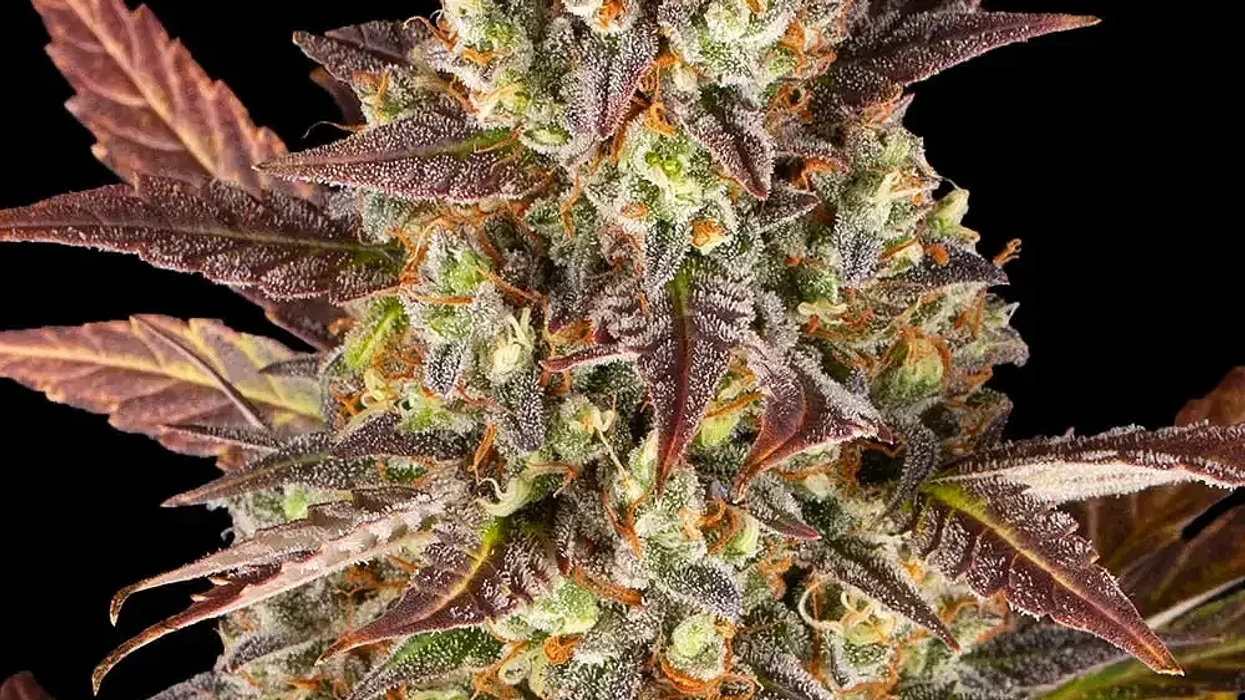
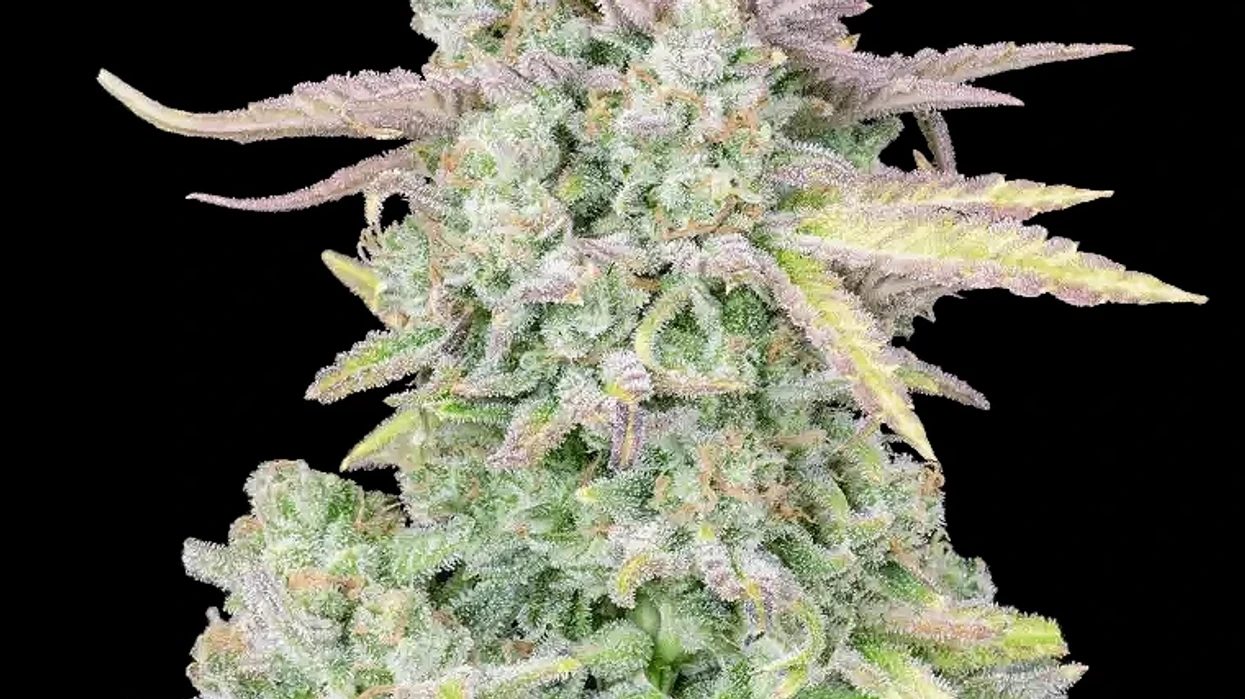
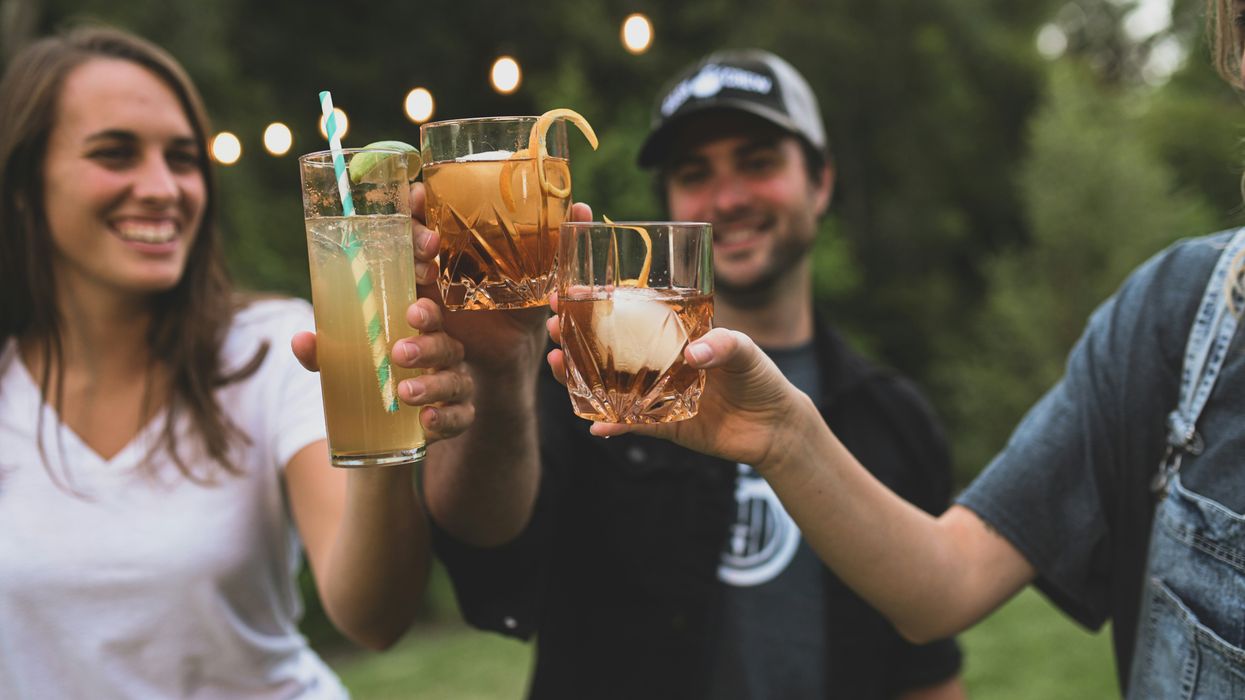
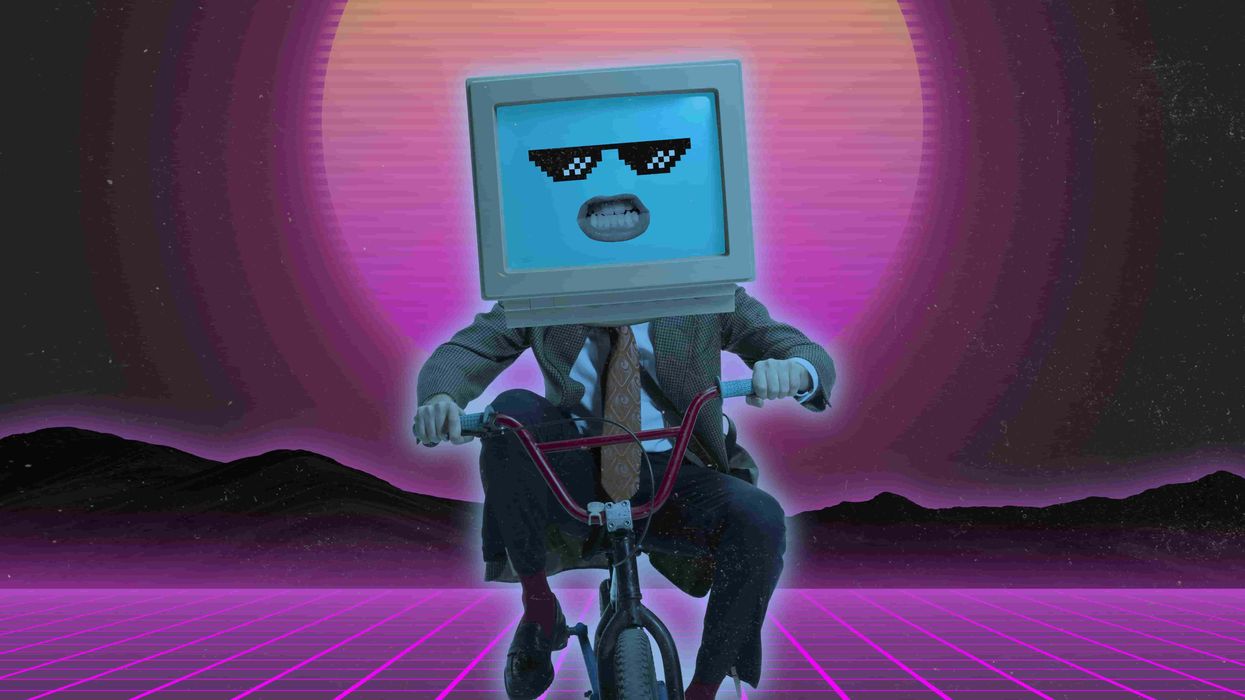
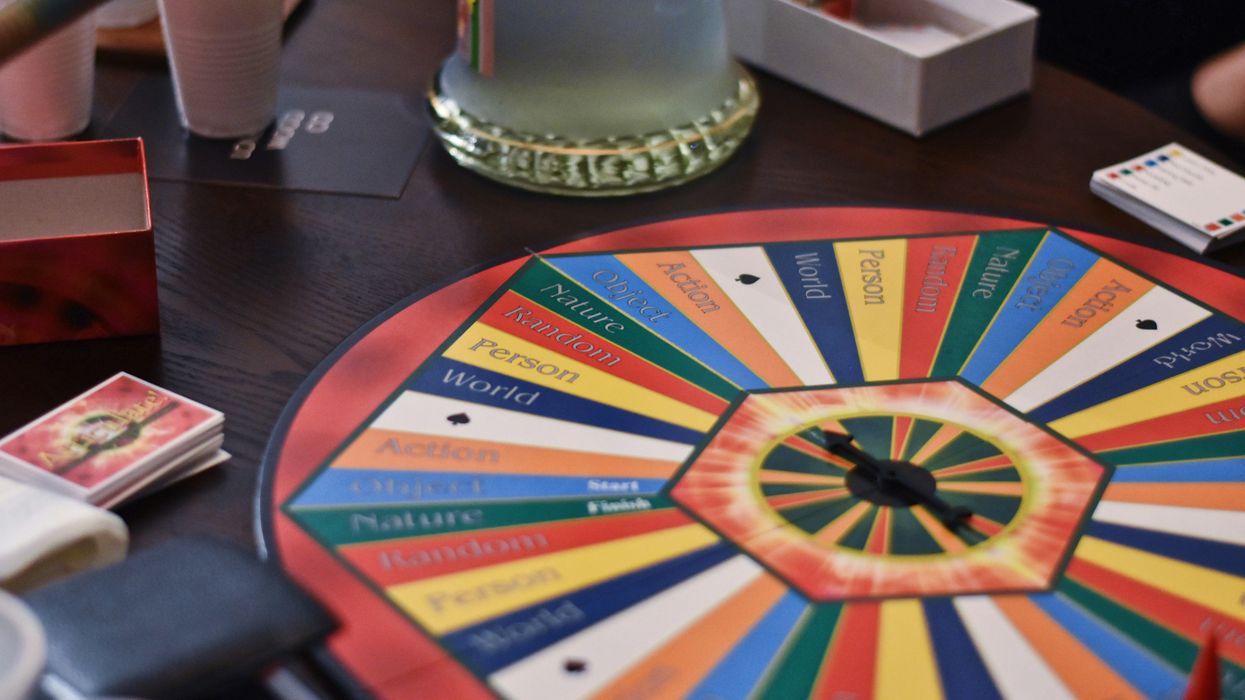
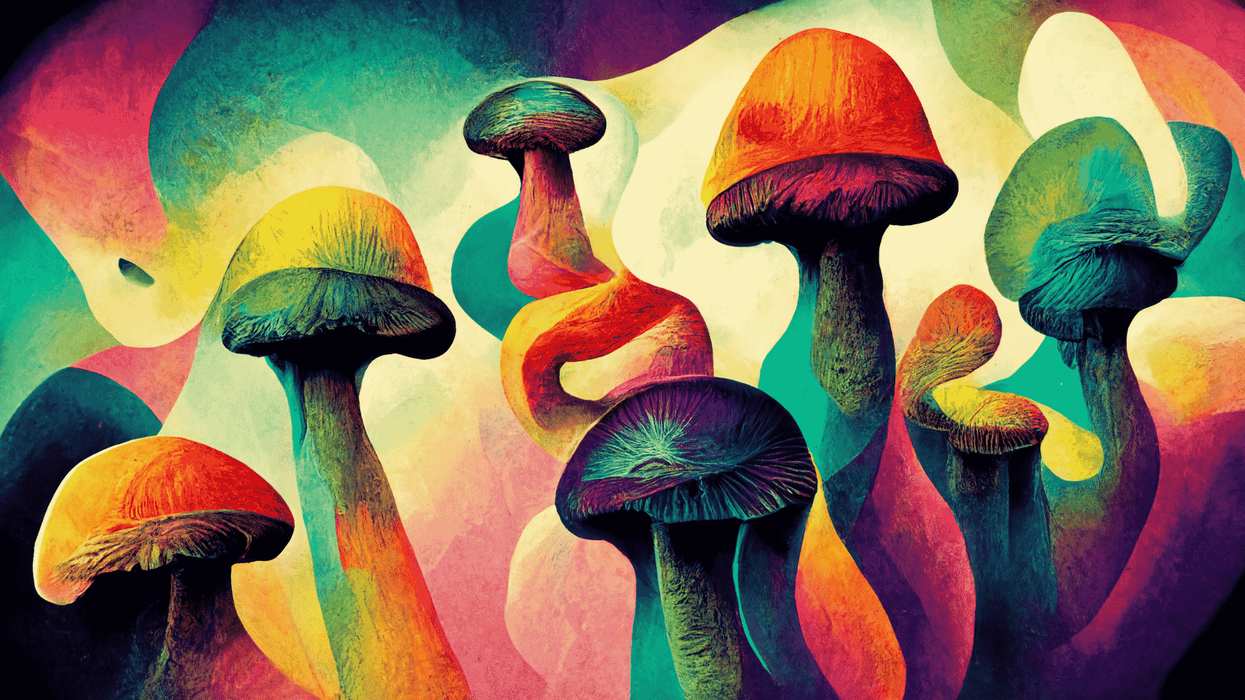
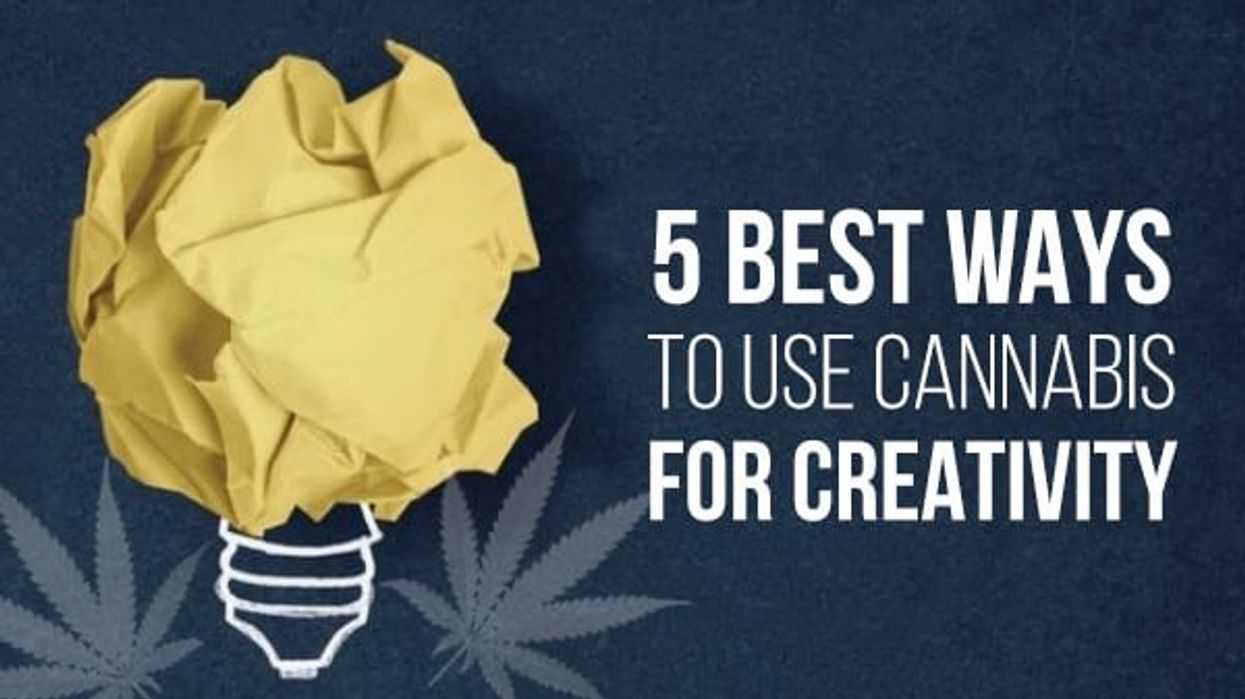
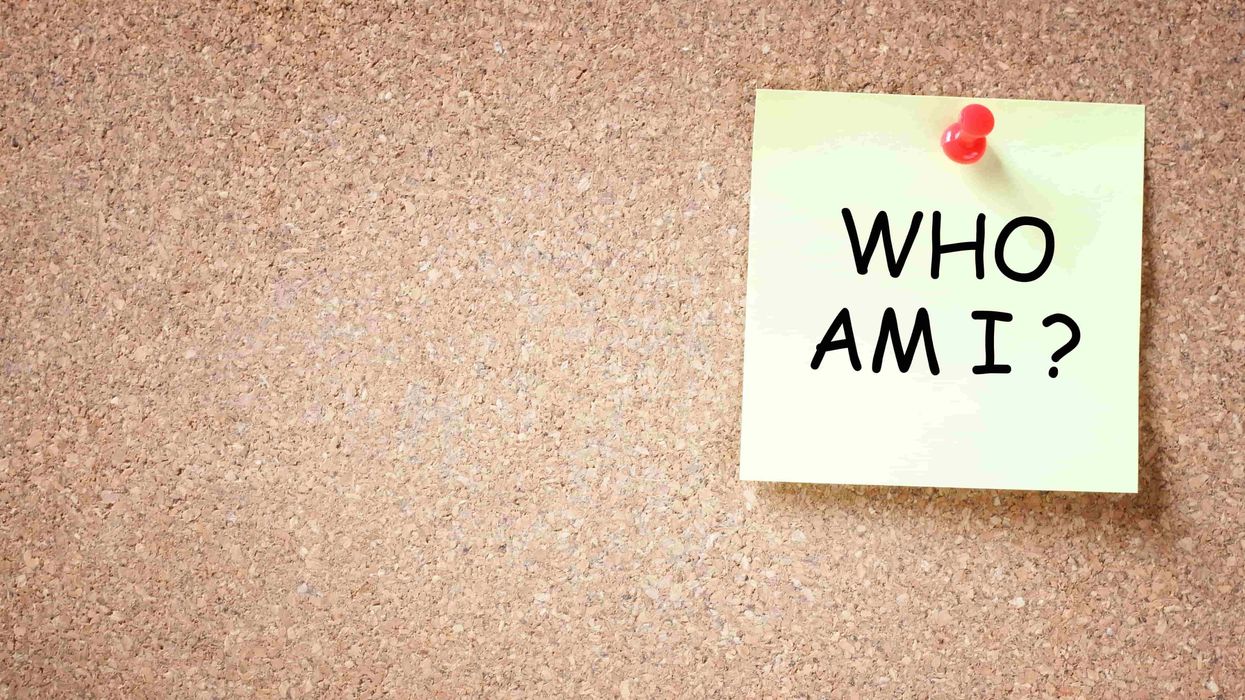
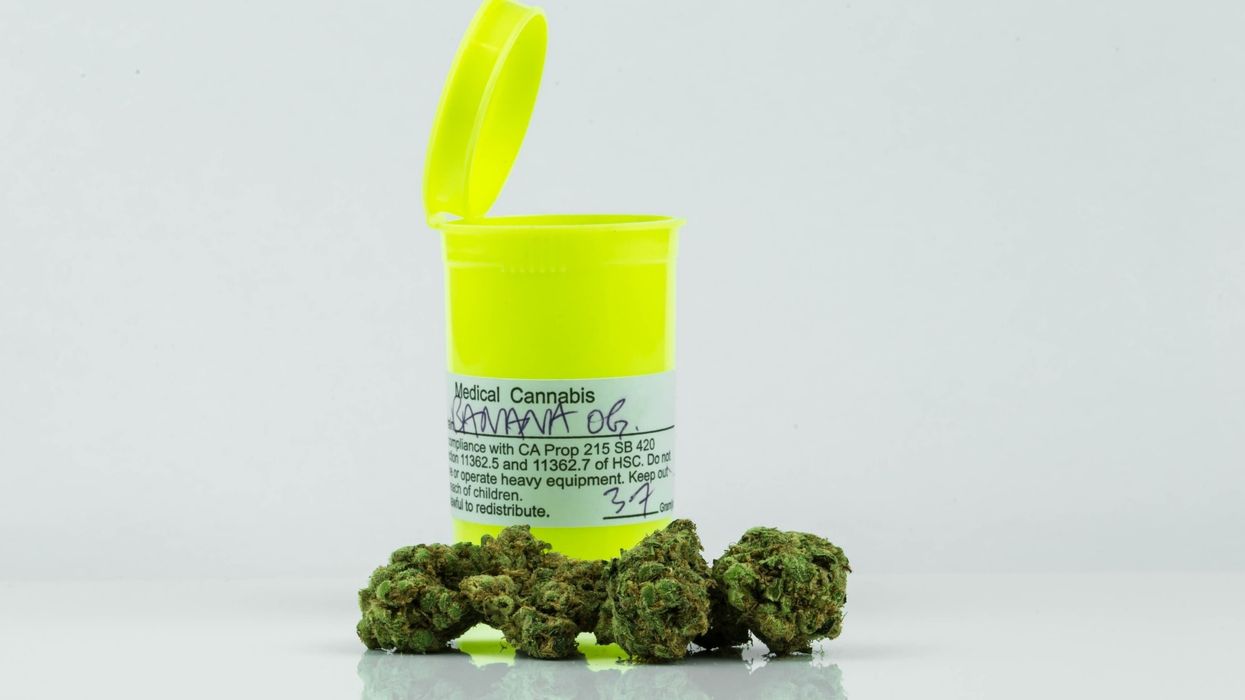
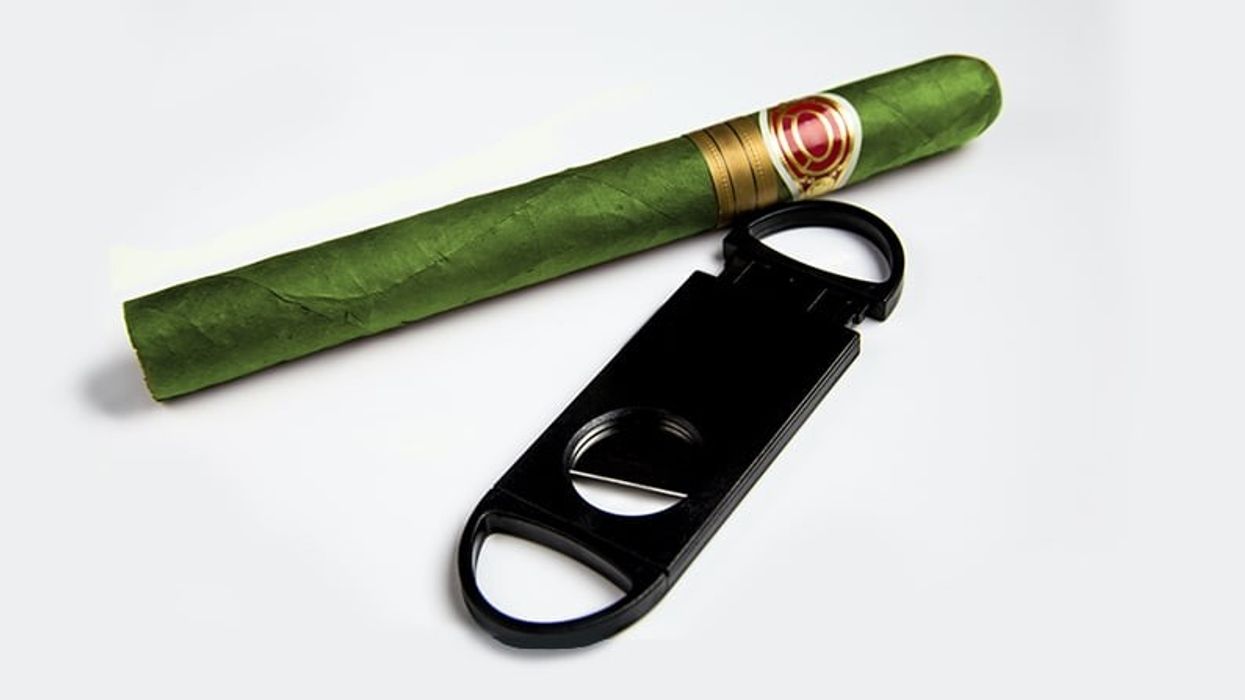
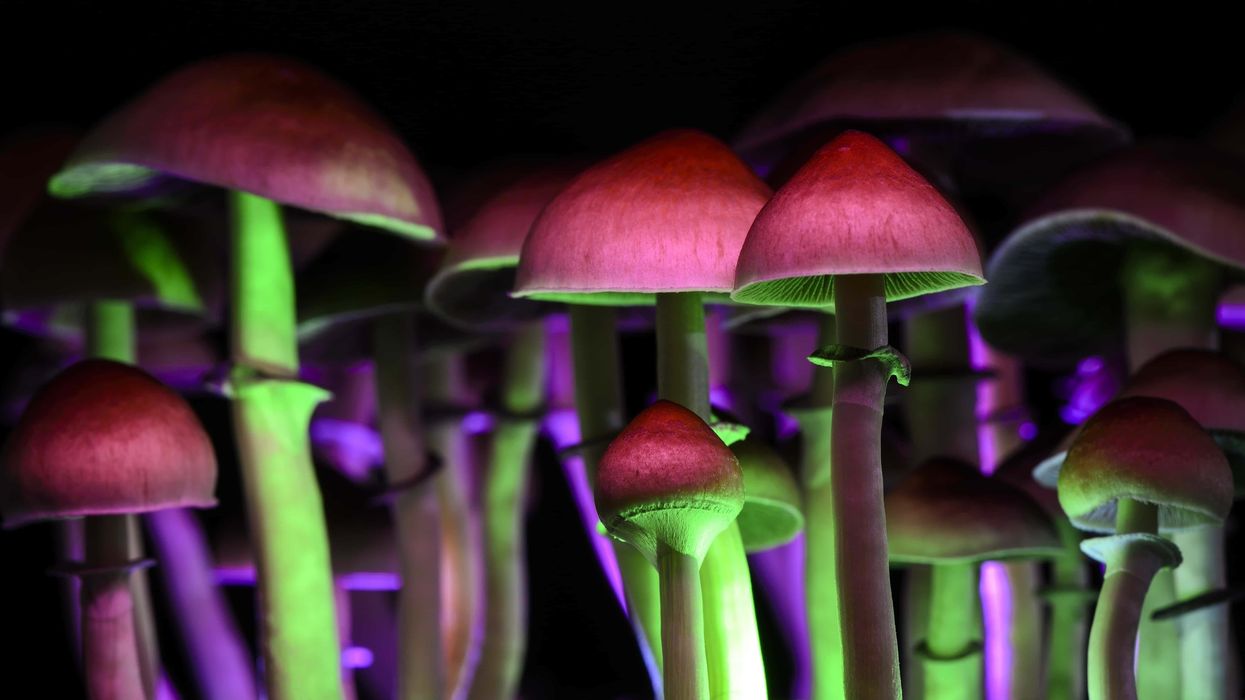
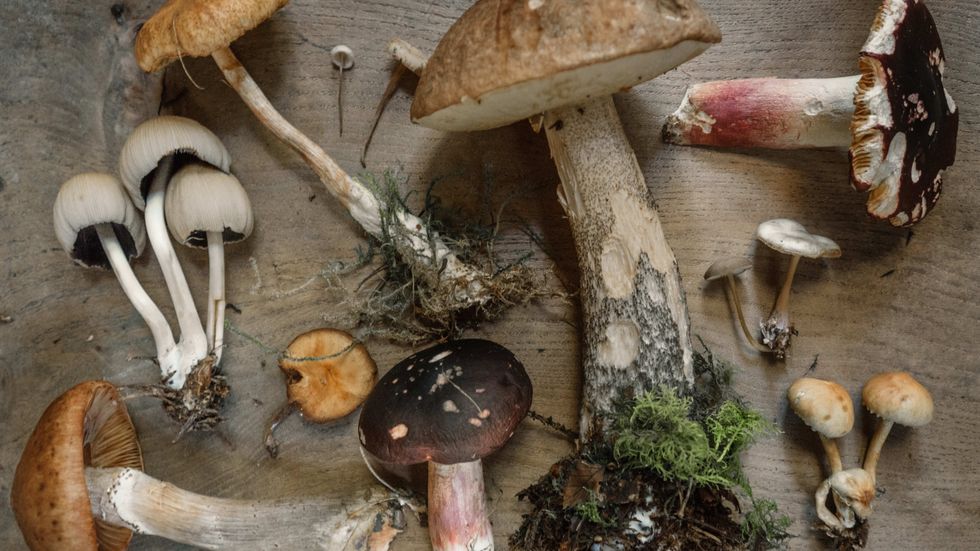 How Long Do Shrooms Last? Magic Mushroom Guide for Beginners - The Bluntness
How Long Do Shrooms Last? Magic Mushroom Guide for Beginners - The Bluntness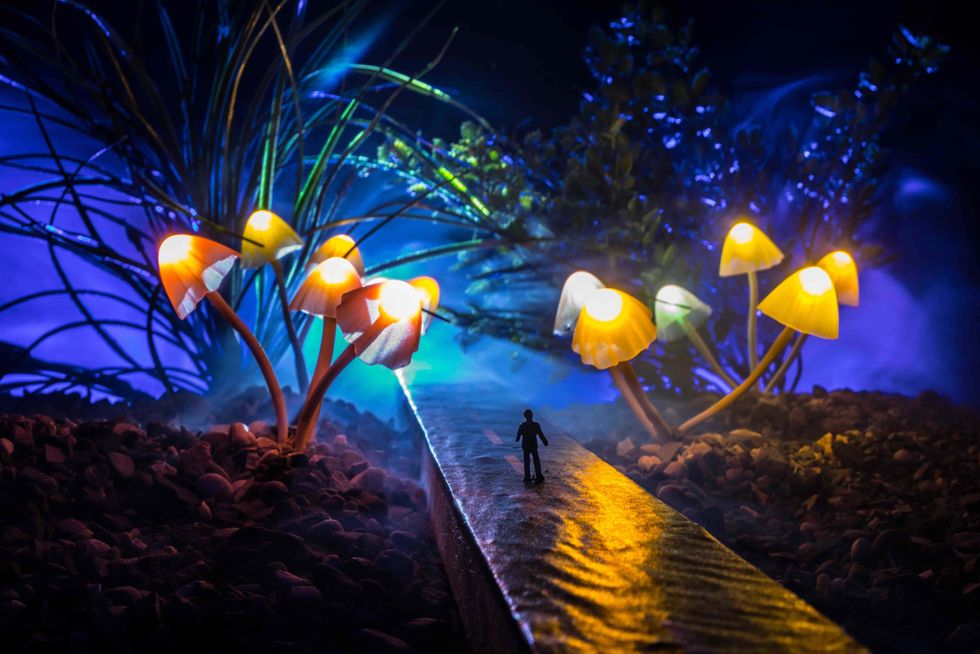 Psilocybin can provide a life-altering experience. -The Bluntness
null
Psilocybin can provide a life-altering experience. -The Bluntness
null
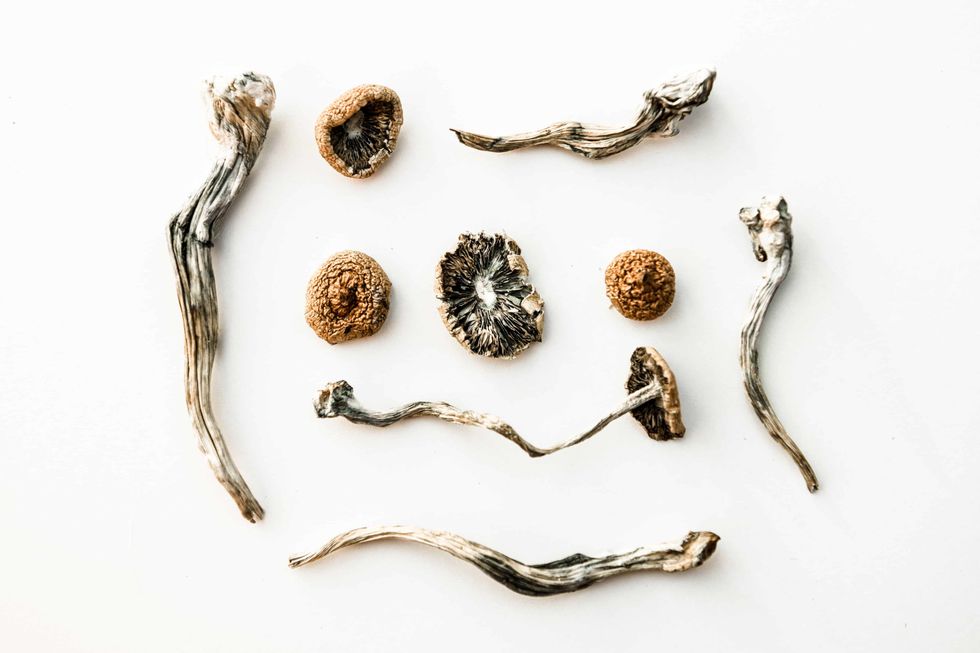 “Don’t diddle the dose. Once you have done your homework, go for it.” -- Terence McKenna
The Bluntness
“Don’t diddle the dose. Once you have done your homework, go for it.” -- Terence McKenna
The Bluntness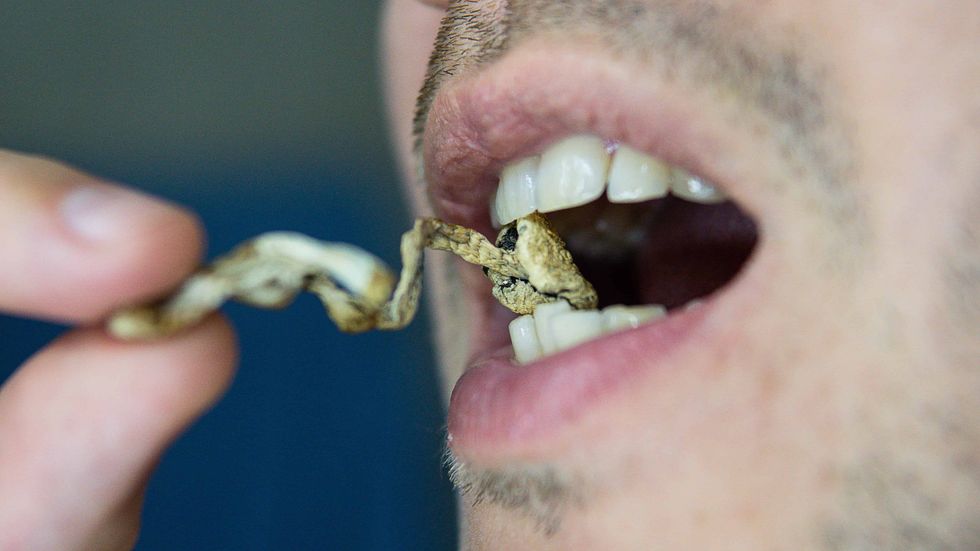 These mushrooms taste gross, but there are ways around that.The Bluntness
These mushrooms taste gross, but there are ways around that.The Bluntness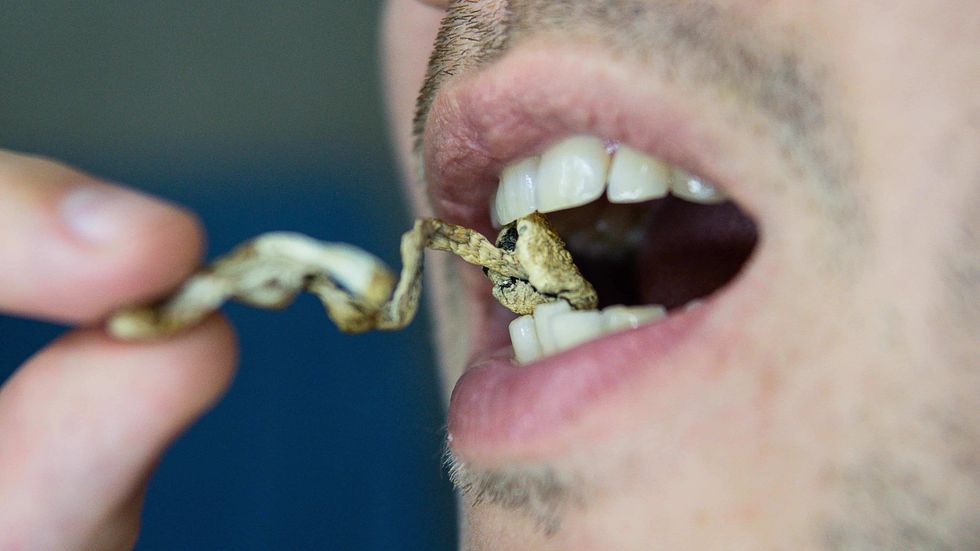 These mushrooms taste gross, but there are ways around that.
These mushrooms taste gross, but there are ways around that.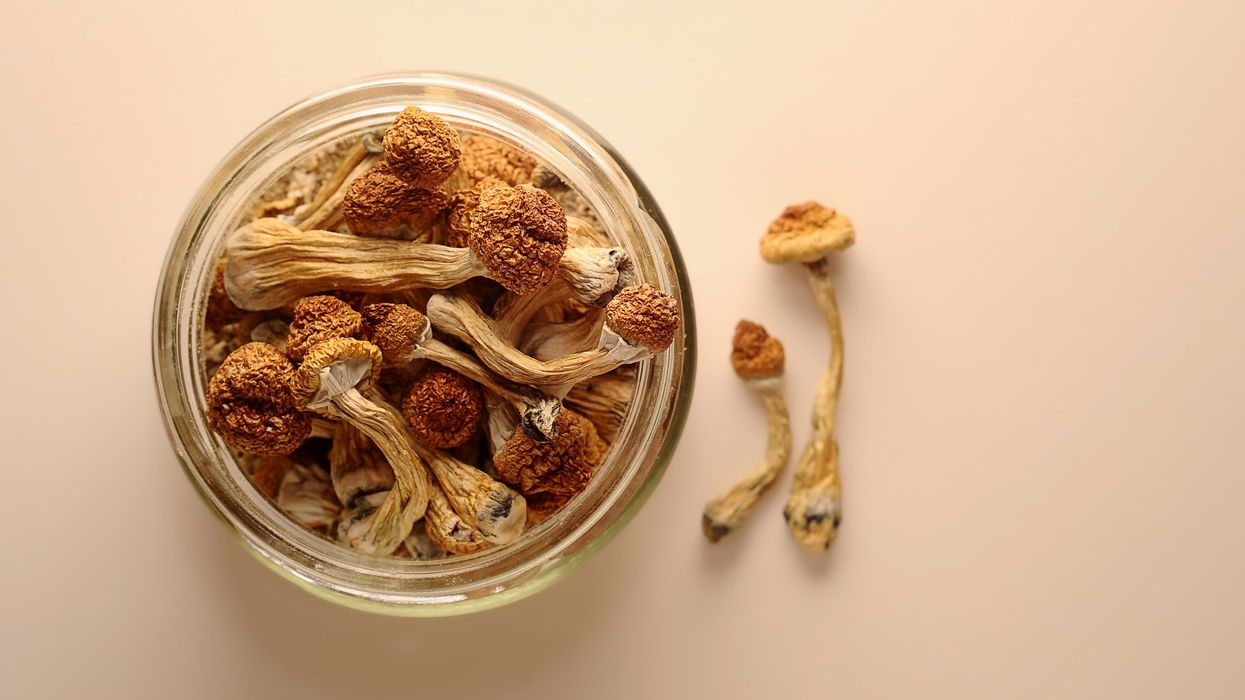
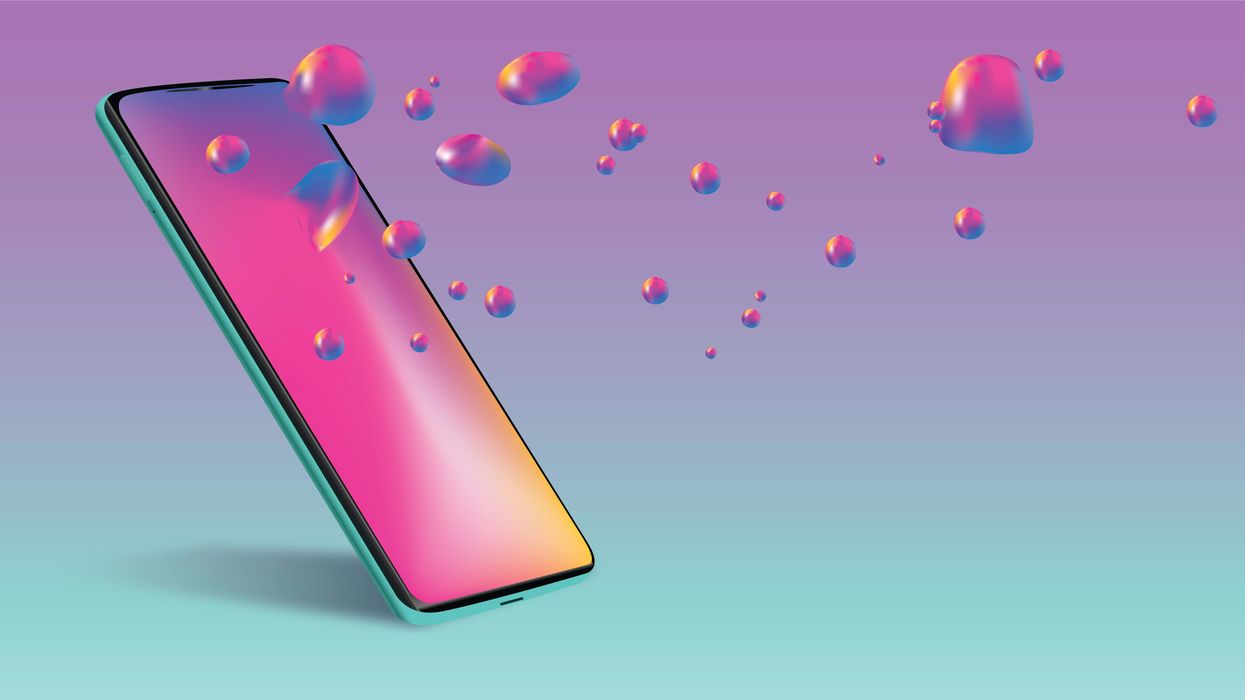
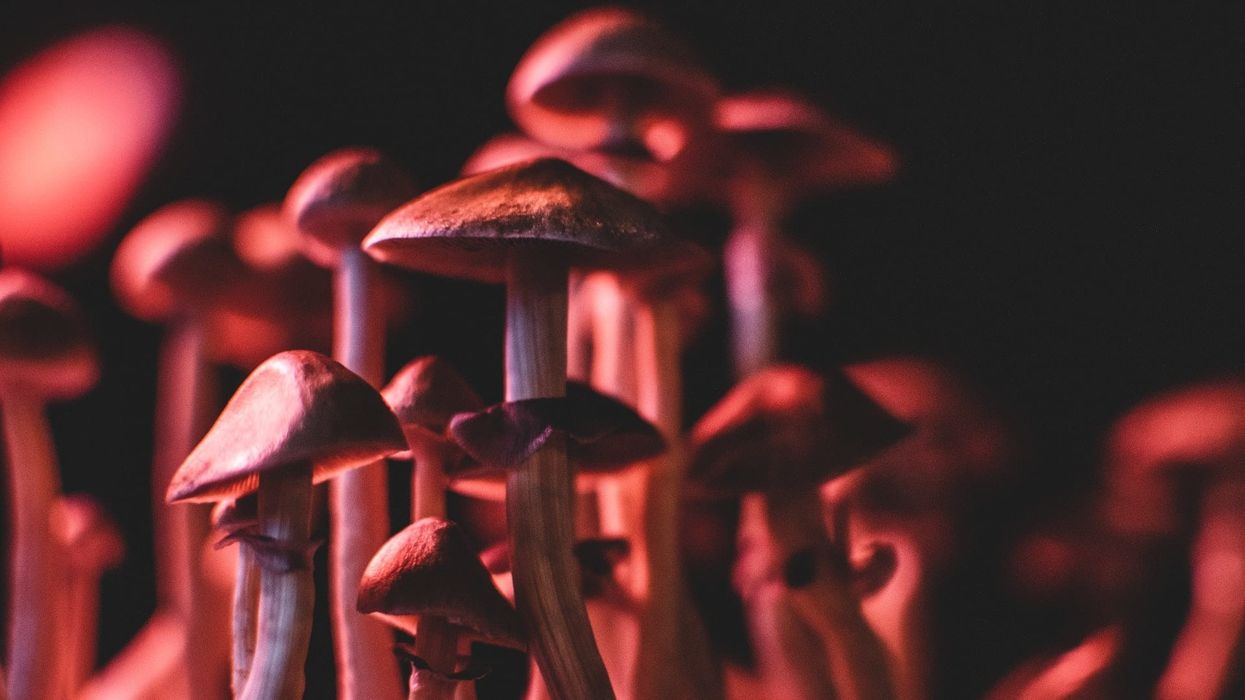
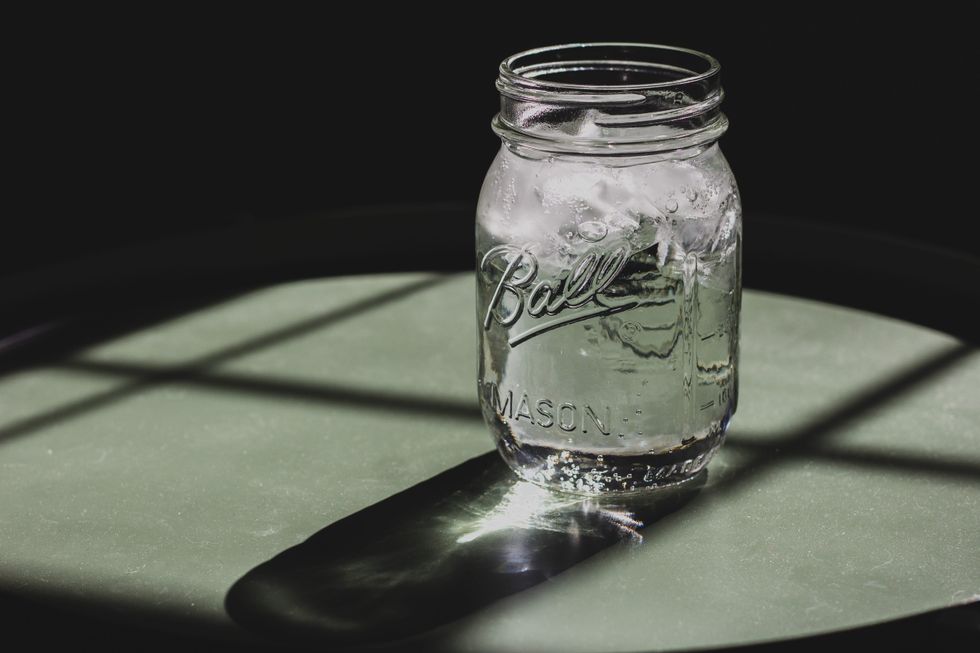 How to Store Magic Mushrooms
How to Store Magic Mushrooms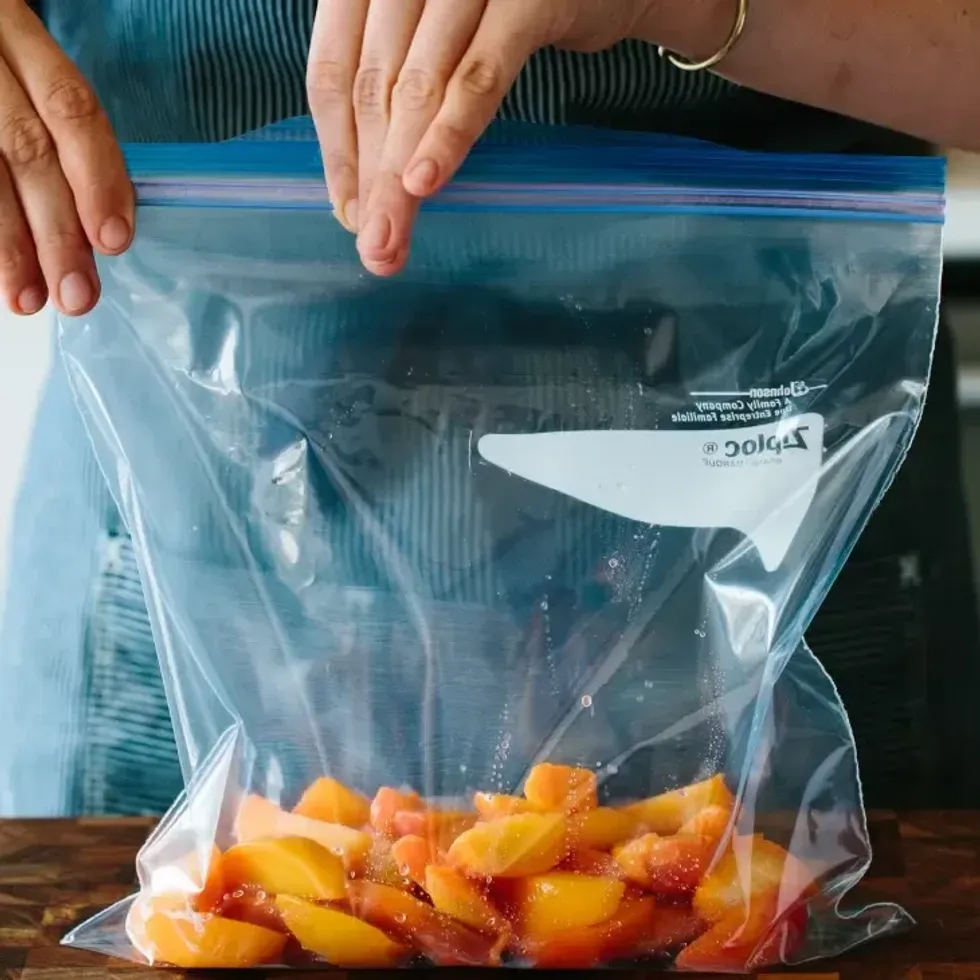 How to Store Magic Mushrooms
How to Store Magic Mushrooms How to Store Magic Mushrooms
How to Store Magic Mushrooms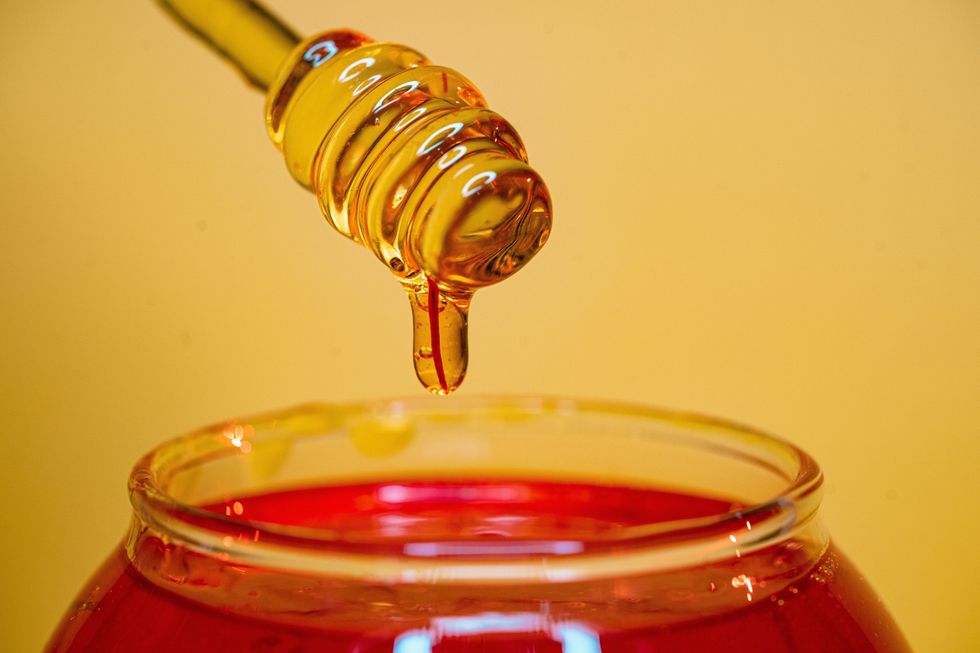 How to Store Magic Mushrooms
How to Store Magic Mushrooms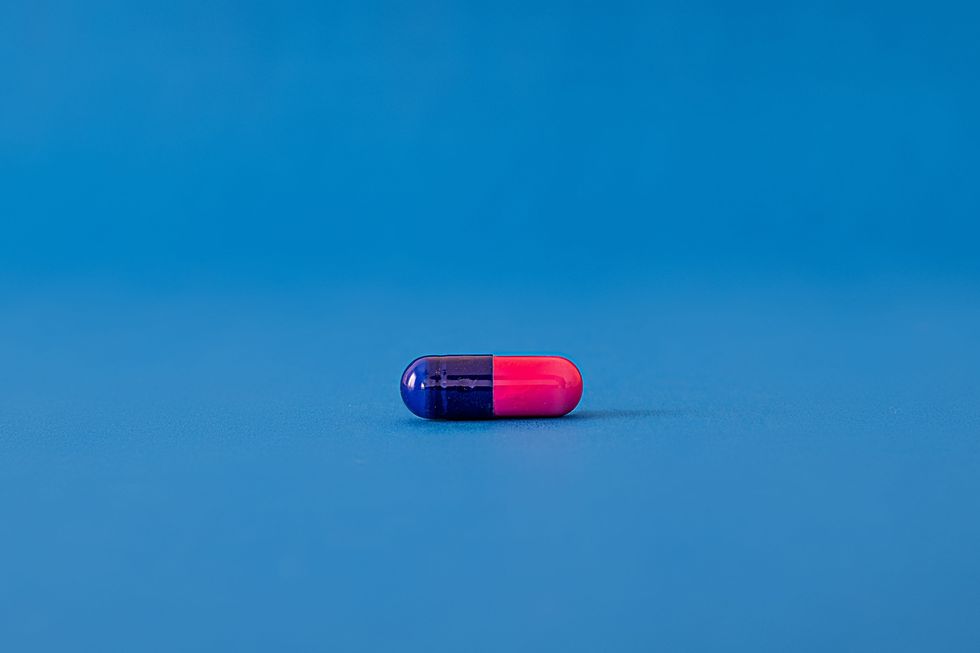 How to Store Magic Mushrooms
How to Store Magic Mushrooms